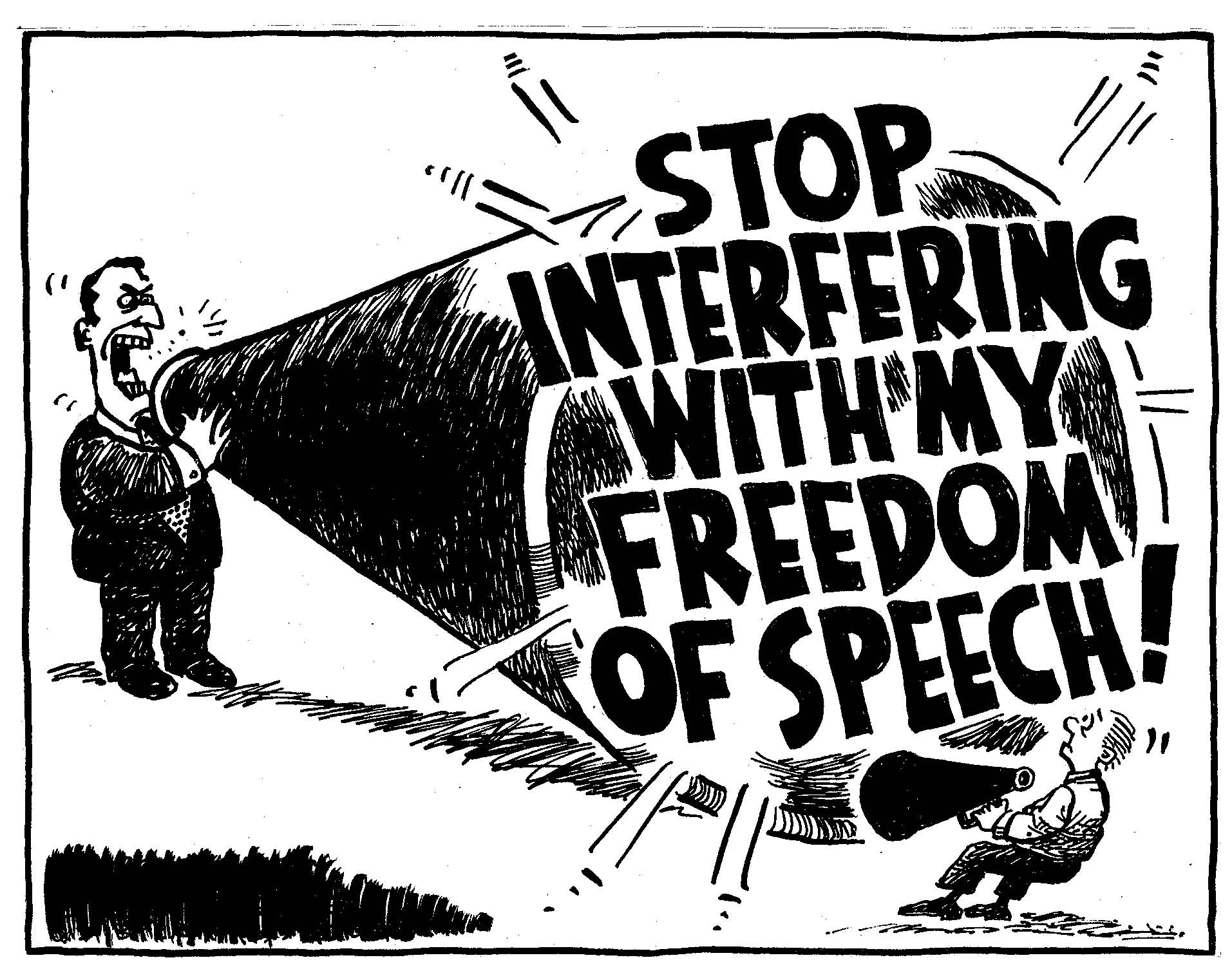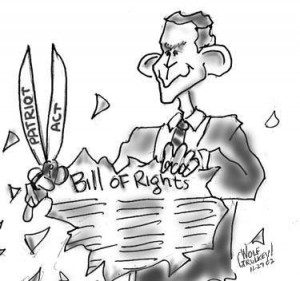There is so much entertainment in watching live coverage of the House and Senate debates, but even more intriguing is how congressional reporting was during the late 1790s and early 1800s.
In order to get accurate information from Congress in the early years, one could sit in the chamber and view the proceedings or get publications with accounts of the floor activities, but most editors would omit information they found little interest to the readers.
Nowadays, its as easy as turning to CSPAN-2 (I prefer the Senate debates) or watching a live stream online.

Courtesy of oralhistory.clerk.house.gov
The early Senate did not allow access to the public and press, while the House never had such restrictions. As a result, newspapers and other publications began reporting on House proceedings. By restricting the press in the upper chamber, there are only a few resources today that detail the first six years of the Senate.
Eventually, reporters and editors succeeded in lobbying for the Senate debates to be viewed by the public and press in 1794. Yet, the press had little patience for the Senate’s careful proceedings.
Reporters preferred the livelier House debates and began only occasionally reporting on the Senate. However, many House representatives felt misrepresented in publications due to reporters having difficulty hearing the deliberations and many ‘twisting’ words in order to please their editor.

Courtesy of mitchellarchives.com
After Congress moved to Washington D.C in 1800, the National Intelligencer, led by its editor Samuel Harrison Smith, dominated the city’s political press by covering both House and Senate debates. in 1810, Smith’s assistant, Joseph Gales, Jr., became owner of the paper and made it a tri-weekly publication.
After Gales made William Winston Seaton his partner, the paper was issued daily. Both became official printers to Congress for years with Gales being the lone reporter of the Senate and Seaton reporting on the House.
Do you see a small comparison of political reporting from that era to now? I do.
Today, we have many news outlets reporting on the ‘important’ actions of Congress, however, it’s nothing compared to watching the action firsthand, especially since I can watch it from my living room.












